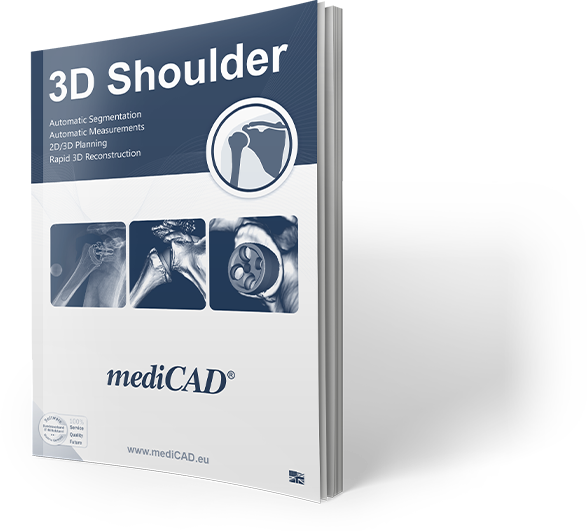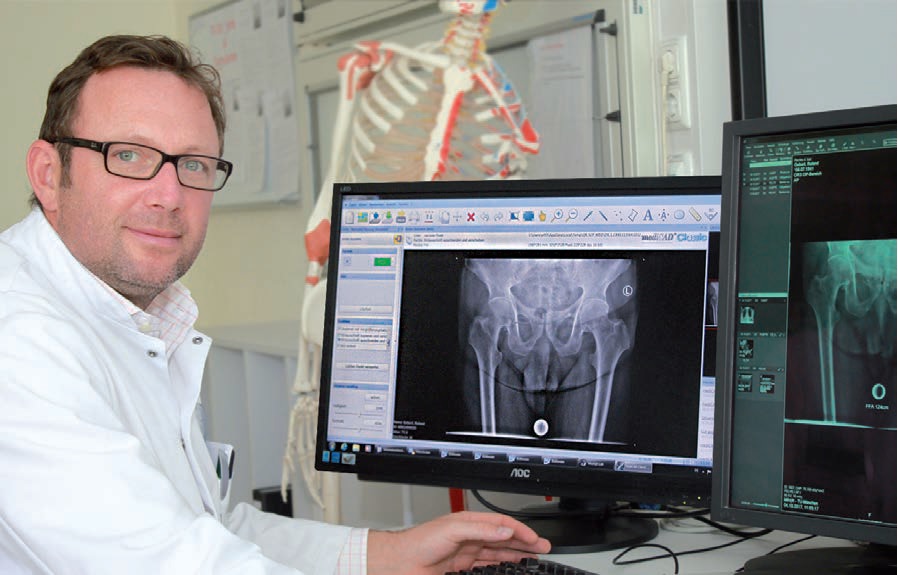



Lorem ipsum dolor sit amet, consetetur sadipscing elitr, sed diam nonumy eirmod tempor invidunt ut labore et dolore magna aliquyam erat, sed diam voluptua. At vero eos et accusam et justo duo dolores et

Veröffentlicht am, 16.09.2022

#425 Oral
Is A Semi-Automatic Computed Tomography Scan Analysis Reliable For Glenoid
Bone Loss Evaluation In Shoulder Instability?
Shoulder / Shoulder – Instability
Apollon Papadimitriou 1, Kyriakos Bekas 1, Stilianos Karalis 1, John Bampis 1, Anastasios Boutsiadis 1, Achilleas Boutsiadis 1,2
Aim
To test the intra- and interobserver reliability of a new semi-automatic computed tomography
(CT)–based software for the measurement of the glenoid bone loss in anterior shoulder instability. To
compare this with the existing CT based methods of Sugaya and Pico.
Background
The glenoid bone loss in patients with anterior shoulder instability is a major risk factor for recurrence
after soft-tissue procedures. The degree of loss of stability depends not only but mainly on the extent of
the glenoid bone defect, which needs to be analyzed in a CT-based three-dimensional context.
Methods
Twelve pre-operative CT scans were included to assess the intraobserver and interobserver
reproducibility of three different methods for the measurement of the glenoid bone loss in anterior
shoulder instability, among 2 senior shoulder surgeons and 2 young residents. The values were obtained
from the two conventional glenoid defect size measurement techniques (Pico and Sugaya) and from the
semi-automatic method provided by the pre-operative planning software 3d-Shoulder mediCAD
(Hectec GmbH Germany).
The intra- and the inter-rater variability was assessed using the Intra-class Correlation Coefficient (ICC)
of absolute agreement along with 95% confidence interval and the values were interpreted according to
the Landis and Koch classification. In addition, a mixed linear model was fitted to estimate the effect of
raters, methods, time and any 2-way interaction between the above main effects.
Results
The ICC was almost perfect for intra- and the inter-rater variability in measuring the glenoid bone loss
with the semi-automatic method of 3d-Shoulder mediCAD software. The ICC was substantial to almost
perfect for intra- and the inter-rater variability in using the Pico and Sugaya methods.
Higher ICC between different method measurements (consistency of the results between the 3 different
methods) were found for the experienced raters especially for 1st time point. For the junior raters ICC
was considerably lower especially in the 1st time point.
The ICC of measurements over different raters was higher for the mediCAD method.
On the other hand Suguya and Pico methods as expected due to the fact that they are manual, were
related to lower reliability between raters.
Conclusion
This is a first indication that a semi-automatic (software based) method could potentially improve
consistency of measurement results by reducing the variability expected among experienced and junior
raters.